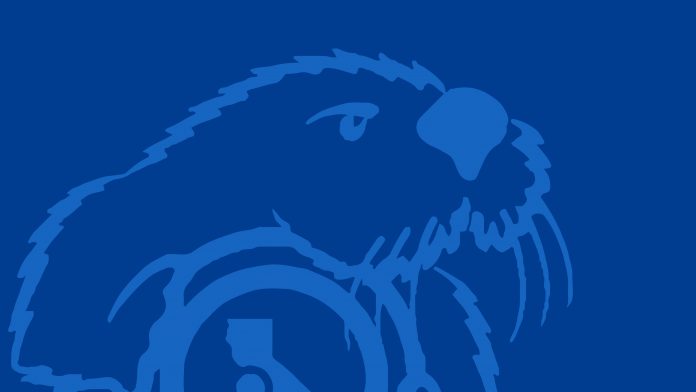Since its founding as the 21st institution of the California State University System, the faculty at California State University, Monterey Bay (CSUMB) have had a unique and important impact on the vision, educational philosophy and deliverables of the institution.
With graduation only a few weeks away, the focus is on the students who have successfully completed their course of study and ready to move on to their next milestones in life. Often overlooked, however, are faculty – both tenured and untenured, along with administrators and staff – who have contributed their accumulation of knowledge, training and expertise to the teaching, guiding and inspiration to the generations of Otters who have passed through CSUMB’s portals.
In January of 1994, the campus officially opened with the arrival of 17 then planning faculty members and administrators. By early February, total CSUMB personnel had increased to about 80.
The pioneering “planning faculty” were 13 individuals who accepted tenured professorships out of an application pool of about 3,000 and each reflected the cross-cultural, multidisciplinary backgrounds expected in CSUMB’s future students. Almost all of them have either been students or faculty members at a CSU campus:
- Judith Francisca Baca – visual arts
- Manuel Luis Carlos – anthropology
- Michael E. Connor – psychology
- William D. Head – oceanography, marine sciences
- Victoria Wai Jew – bilingual education, curriculum, instruction
- Suzanne Lacy – fine arts, visual arts
- Josina M. Makau – communications, rhetoric, critical thinking
- Marsha Moroh – computer science
- J. Ken Nishita – biology, health, biopsychology
- Maria de la Luz Reyes – teacher education, Chicano studies, educational psychology
- Robert P. van Spyk – geography, business computers, telecommunications
- Luis Valdez – teledramatic arts, film, theater
- Christine Sleeter – teacher education, curriculum, instruction (started in May 1995)
The work to be accomplished by these founding faculty members in a short amount of time was in many ways overwhelming, but for all, the prospect of working at an innovative new university from scratch and without a blueprint was a unique opportunity.
The 22 “second wave” faculty – out of an application pool of about 3,000 – were hired on June 25, 1994 to start work in August to teach 654 students – out of an application pool of 5,200 – beginning Aug 28. As with the founding faculty members, basic requirements for this second group of faculty members included computer literacy and expertise in at least two fields, as well as background in pluralism and multiculturalism. Many faced pay cuts to up to $30,000 and/or leaving tenured positions to join the new form of higher education envisioned at CSUMB. “It didn’t matter where you got your degree, but whether you had accomplished some things that were exciting,” recounted one founding faculty member.
Twenty-five years has seen much growth at CSUMB. As of Fall 2018, there are now 510 teaching faculty – 244 holding doctorates or another terminal degree, one is a recipient of the American Book Award and six are Fulbright scholars. All were hired through the lens of CSUMB’s founding principles and mission statement.
Lori Wood, author of “CSUMB History 1990-1994,” addressed future generations of Otters in a letter written on Jan. 20, 2005, calling to memory and recognizing the contributions made by CSUMB’s faculty, those who were the founding members, as well as those who have followed after.
“The university you see here today is a testament to what a small group of people with vision and commitment – and the unwillingness to take “no” for an answer – can accomplish together… This story should be known and, as part of the tradition of this university, recounted from generation to generation of CSUMB students because it stands as an object lesson in these difficult times: everything is possible when vision and commitment bloom within a community – and when leaders step forward to take personal responsibility for carrying it through..”

